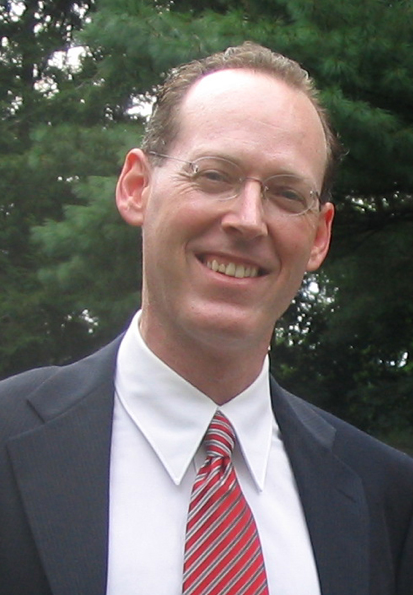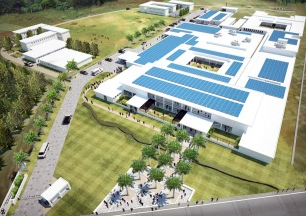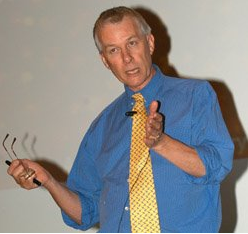By Prachiti Dalvi
The School of Medicine held the third Clinical Science Day on Friday, October 18th during Duke Medical Alumni Weekend in the Great Hall of the Trent Semans Center. The half-day event brings together faculty, alumni, and students to discuss the cutting edge clinical research taking place in labs across Duke’s campus. The day started out with residents and fellows from a variety of clinical departments participating in a poster competition, followed by fifteen minute presentation by several key clinicians on campus.

Osteoarthritis causes a wearing away of the articular cartilage. (Image credit: http://images.rheumatology.org/viewphoto.php?albumId=77030&imageId=2897682)
Dr. Louis DeFrate from the Department of Orthopedic Surgery is interested in finding a new way to overcome osteoarthritis, a disease that has the potential to affect everyone as they age and is expensive to treat. Obesity increases the risk of osteoarthritis significantly by increasing strain on cartilage in between bones, or articular cartilage. DeFrate is focused on understanding how motion affects how the joints work. “There is very little data on how obesity affects cartilage deformation,” said DeFrate. This information is key to treating osteoarthritis effectively.
Dr. Kimberly Blackwell, who was on TIME’s 2013 list of the 100 most influential people in the world, discussed her research on HER2+ breast cancer tumors. These tumors, affecting 20% of breast cancer patients, are aggressive in coming back and reduce survival rate. The treatment Blackwell and her team have developed consists of an antibody specific to the tumor, loaded with an anticancer toxin. In general, cancer treatments focus on “killing the cancer more than you kill the patient,” says Blackwell. However, this new treatment is able to increase survival rates without many of the unpleasant side effects of other cancer treatments such as chemotherapy. Blackwell has been able to get two cancer-fighting drugs approved by the Federal Drug Administration.

Duke surgeons implanting the bioengineered vein. (Picture credit: http://www.newsobserver.com/2013/06/07/2944111/duke-surgeon-conducts-first-us.html)
Vascular surgeon Dr. Jeffrey Lawson discussed his success with implanting a bioengineered blood vessel into the arm of a patient with end-stage kidney disease. The technology designed by Lawson and colleagues involves cultivating donated human cells in a tubular apparatus. Any antibodies that may trigger an immune response are removed and then implanted into the patient. The first implantation took place in Poland in December. The first surgery in the United States took place in June at Duke. Lawson worked closely with Laura Niklason, MD, PhD, a former Duke faculty member who is now at Yale. Lawson and Niklason have worked together to found Humacyte, a spin-off company that makes these bioengineered vessels commercially available. Initially, researchers are interested in implanting these veins in kidney dialysis patients and seeing if they are beneficial. However, ultimately, researchers want to make readily available and durable grafts for heart bypass surgeries to treat blocked blood vessels in the limbs.
All researchers echoed the sentiment that the culture of collaboration and mentorship at Duke is unparalleled.




















